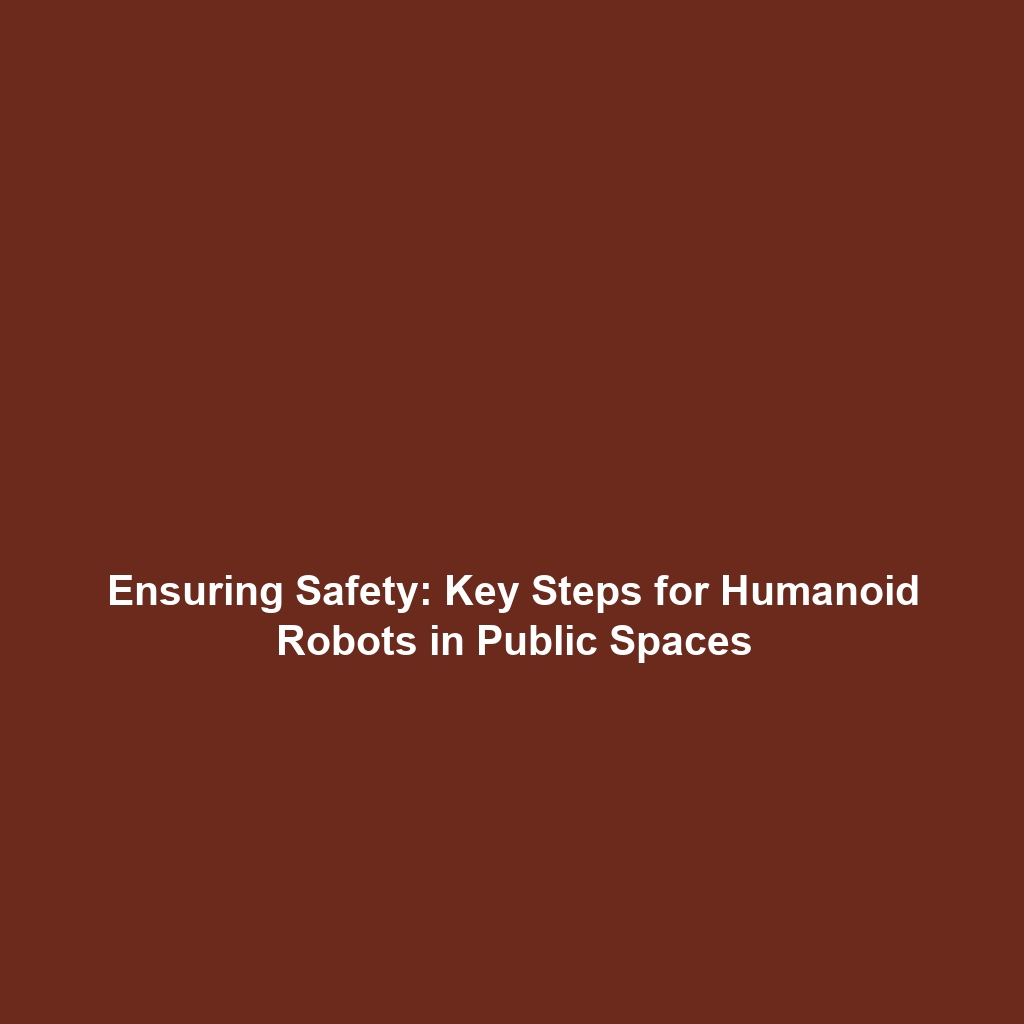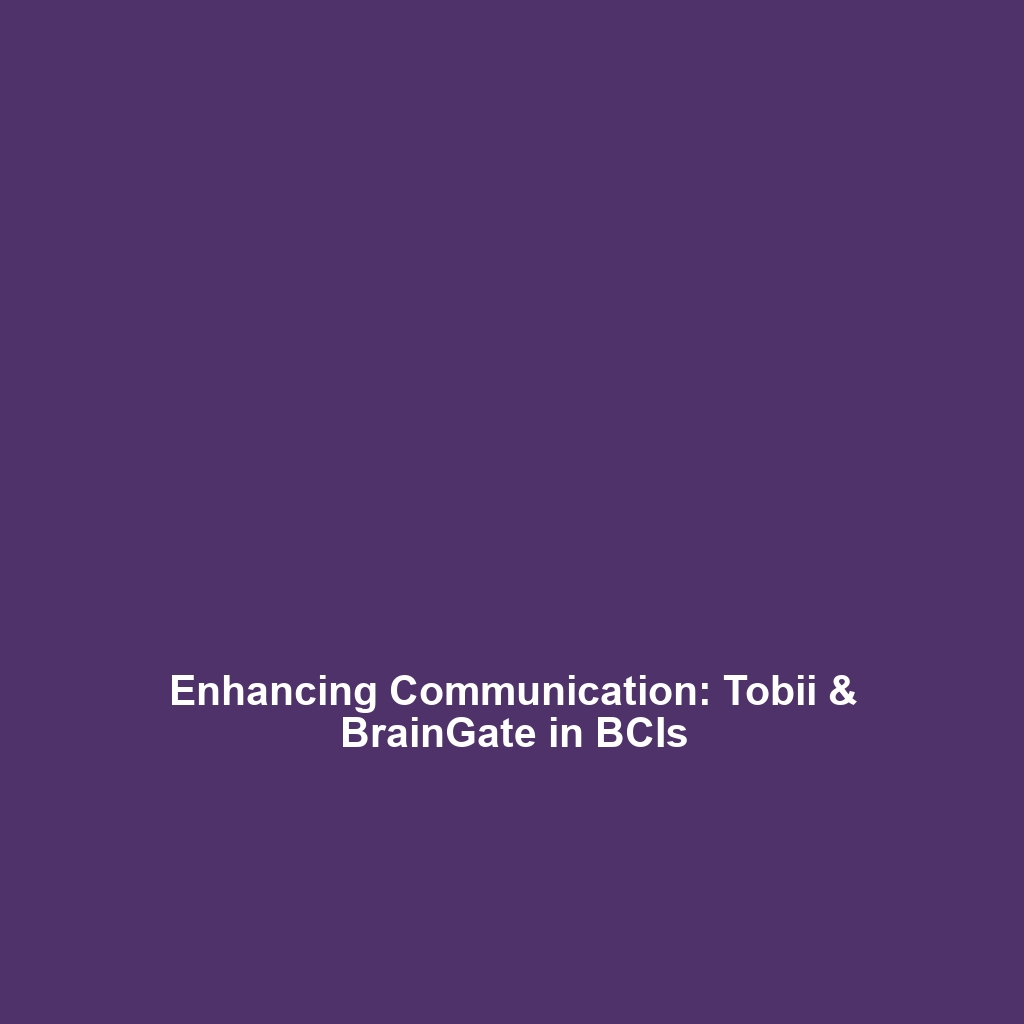<>
Steps Being Taken to Ensure the Safety and Security of Humanoid Robots in Public and Private Spaces
Introduction
The integration of humanoid robots into everyday life is rapidly progressing, emphasizing the necessity for robust measures to ensure their safety and security in both public and private environments. As humanoid robots become more prevalent in various sectors, addressing potential risks and ethical concerns is paramount. This article explores the crucial steps and considerations involved in safeguarding these robotic entities while simultaneously fostering trust and acceptance among users. Through examining practices and protocols, we can understand the significance of maintaining safety and security within the realm of humanoid robots.
Key Concepts
Ensuring the safety and security of humanoid robots encompasses several key principles, including risk assessment, user interaction, and regulatory compliance. By focusing on these concepts, stakeholders can mitigate potential hazards associated with humanoid robots.
Risk Assessment
Conducting thorough risk assessments is essential for identifying vulnerabilities in humanoid robot designs and operations. This involves:
- Evaluating environmental factors where robots will operate.
- Identifying potential hazards related to robot interactions with humans.
User Interaction
Enhanced user interactions rely on intuitive interfaces and clear communication regarding the robot’s functions, ensuring users can engage safely. This focus creates an understanding of what to expect from humanoid robots, contributing to an overall sense of security.
Regulatory Compliance
Adhering to regulatory frameworks designed for robotic technologies ensures that safety standards are consistently met, contributing positively to the public image of humanoid robots.
Applications and Real-World Uses
The safety and security measures for humanoid robots yield practical applications across various fields:
- Healthcare: In hospitals, humanoid robots function as assistants, rigorously tested to ensure they can operate safely in sensitive environments amidst patients and staff.
- Hospitality: Robots deployed in hotels provide guest services while following strict safety protocols to guarantee guest interaction is secure.
- Public Safety: Humanoid robots used in emergency services assist emergency responders, with safety measures in place to prevent accidental harm.
Current Challenges
Despite advancements, several challenges remain regarding the implementation of safety and security protocols for humanoid robots:
- Complexity of human-robot interactions leading to unpredictable behaviors.
- Lack of established regulatory standards across different countries.
- Public skepticism regarding robots’ reliability and security.
Future Research and Innovations
Innovative research on humanoid robots will lead to enhanced safety mechanisms and user experiences. Key areas of focus include:
- Artificial Intelligence: Developing advanced AI systems that allow robots to learn and adapt safely in dynamic environments.
- Enhanced Sensors: Implementing next-gen sensors that improve situational awareness greatly decreases the risk of accidents.
- Collaboration Systems: Exploring human-robot collaboration frameworks that prioritize security while maximizing utility.
Conclusion
In conclusion, the steps being taken to ensure the safety and security of humanoid robots in public and private spaces are fundamental for their successful integration into society. By continuing to prioritize these measures, developers can alleviate concerns while enhancing the experience of users. As the field of humanoid robotics progresses, staying informed on relevant developments is crucial. For further reading, consider exploring the topics of robot ethics and AI safety protocols.

